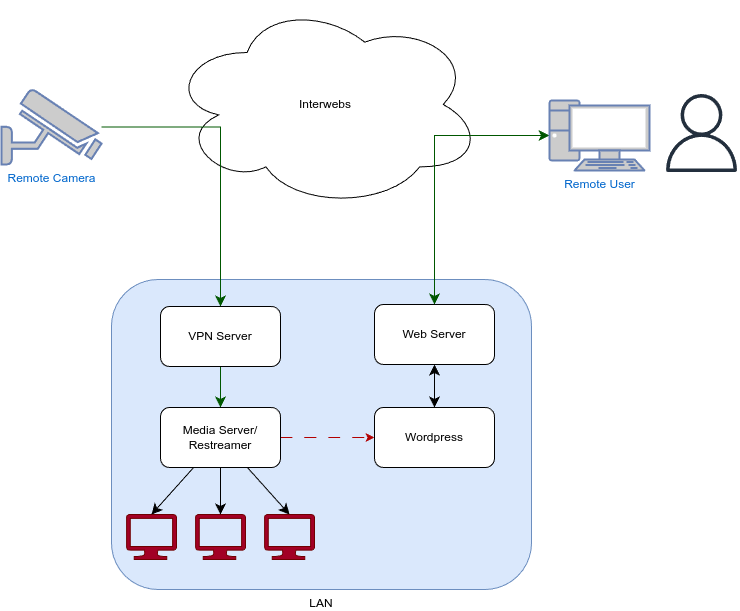Slowly we get ever closer to the Nokia Morph and it makes me so happy
abominable_panda
Did you ever see the movie Holes (2003)?
Gotta find something to sell to stay afloat. Why not user data? /s
Will be interesting to see where this goes when there are other protocols out there, some that are trying to improve on others. Once one is adopted as the standard it'll be hard to change
Tesco in the uk does this.
Coincidentally enough this post a few down from yours (on my feed) shows a trial for the second part of your post
Mauled, eaten or crushed to death
... or cuteness overload
Honestly depends on whats being served. As i say people can run servers on enterprise grade multi thousand £ systems or a £50 pi or mini pc.
Since you have a specific usage in mind, media server, you basically want hardware that will allow optimised performance so you can have a lag/ buffer free experience.
Say,
hardware thats good for on the fly encoding/ decoding
Lots of ram for multitasking.
Lots of storage to store the media.
Maybe gigabit network cards for multiuser streaming without bandwidth bottlenecks.
It really depends on the experience and chokepoints
ECC ram ill let someone more familiar answer but im leaning towards non critical and nice to have
Nothing you couldnt upgrade on your typical PC. Just makes life easier...at a cost.
Server serves a specific application(s). PC is general day to day usage.
Both are computers. Pc hardware can be used as a server. Server hardware can be used as a pc.
Using a computer for day to day tasks - call it a pc. Use it to run a web server application or host a game - that one or more users will access - call it a server
Hardware can be configured to optimise it for its function. E.g pc can have latest GPUs and "servers" can have multicore cpus and loads of ram, rack mounting form factor and dual power supplies for redundancy.
But it could also be weak - i have raspberry pi's and old laptops set up as a servers
Ulnar Nerve AKA Funny Bone



Step 1. Spend stupid money on a supercar rental
Step 2. Drive up and down the high street. Getting stuck in standstill traffic is a plus so i can rev my engine next to the ears of the shoppers
Step 3. Profit??
Actually nevermind, i never actually do this and walked past a lot of this recently and it makes me wonder